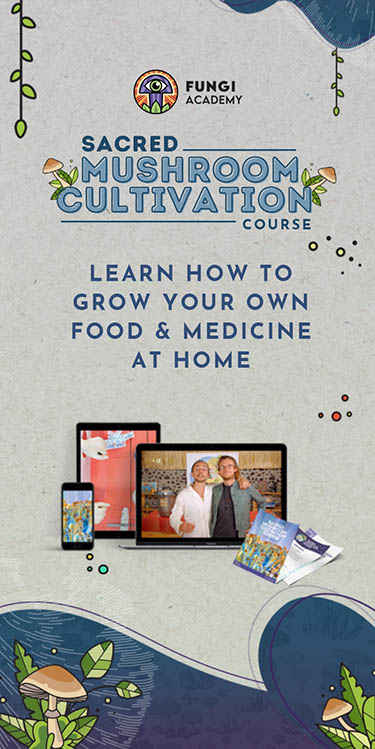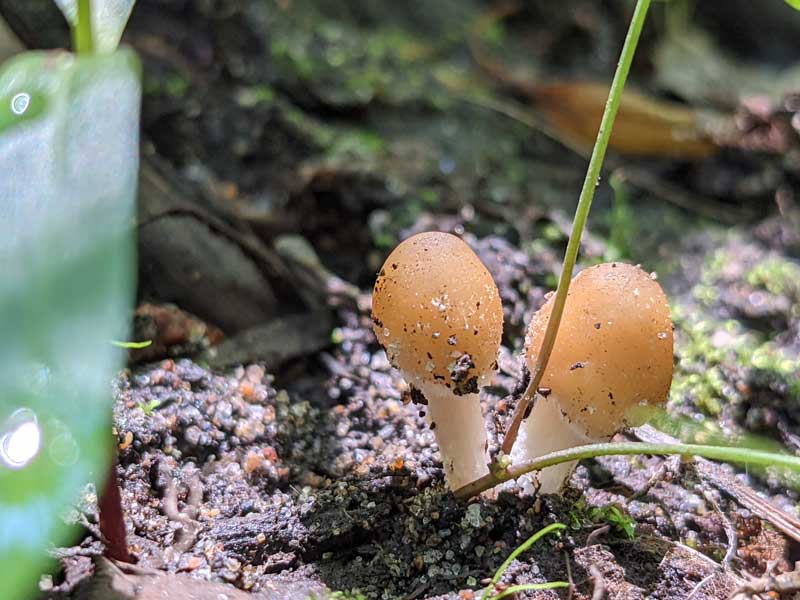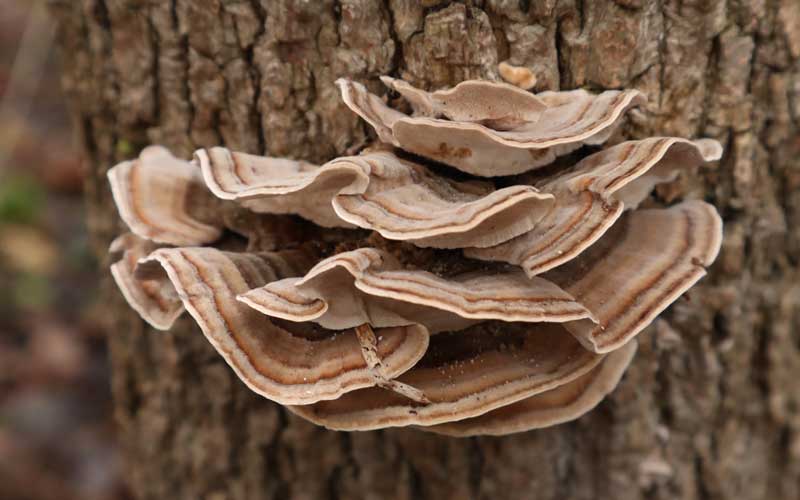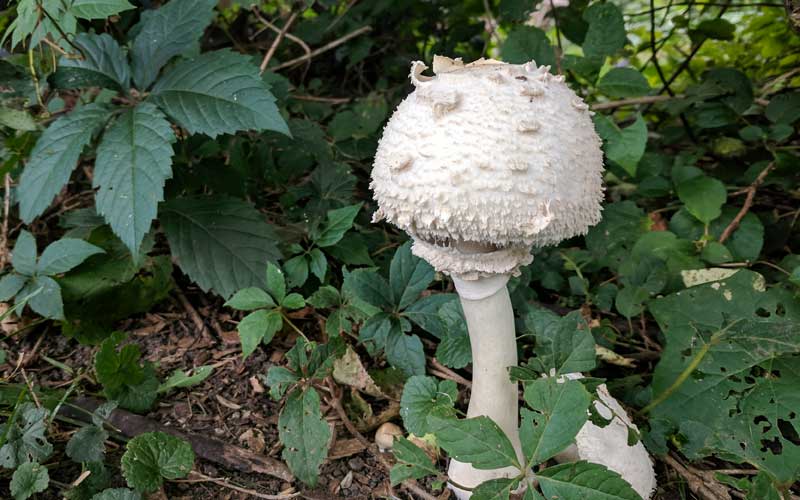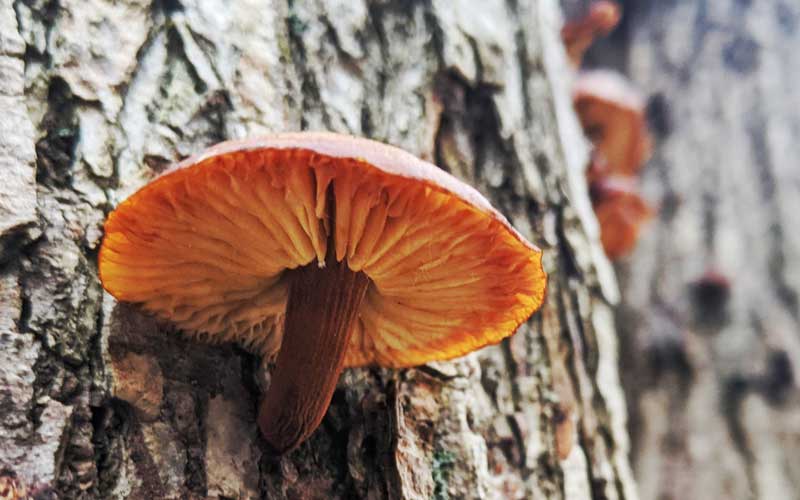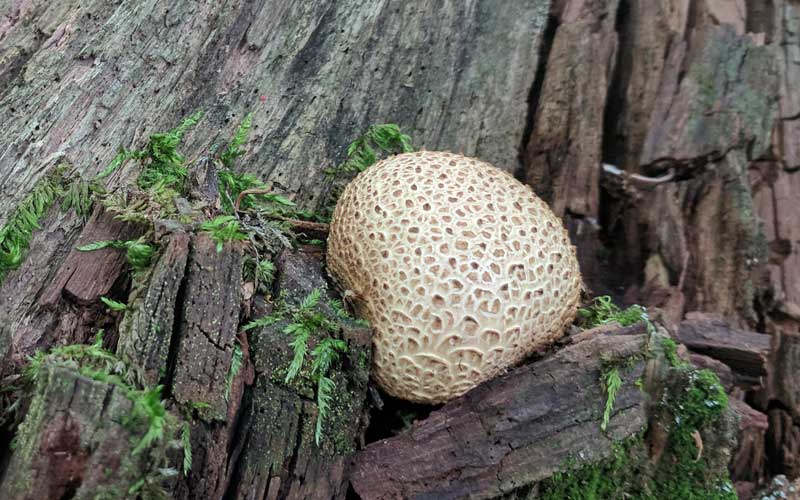- Home
- Mushroom Resources
- Got Questions?
- Amanita Muscaria vs Pantheria Toxicity
Amanita Muscaria vs Pantheria Toxicity
by Sam
(Mississauga, ON, Canada)
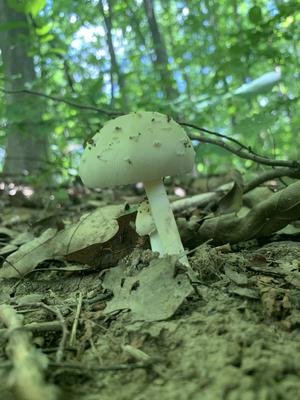
QUESTION:
Hi Nick, I’ve been reading through your past questions, they were very interesting to look at and I learned a few new things for myself.
I've come to ask about the sedative property of A.Muscaria vs A,Pantheria.
Some say that Pantheria is 4x more potent in Ibotonic acid compared to Muscaria however Wikipedia says the opposite. Another question I have is related to the North American variant of A. Pantherias.
Supposely the A. multisquamosa and A. velatipes are the north american version of the Panther Cap.
Are the toxicity between these similar? I've only managed to find one website containing two confirmed cases of Multisquamosa poisoning.
And finally, are they able to be utilized for sedative healing?
I've attached a few images of what I believe are Velatipes in a forest near me for your reference.
ANSWER:
First, my apologies for the delay in answering. Totally missed your excellent question.
I’m not qualified to give a professional opinion on the toxicity of individual mushroom species, but here is what I have found through my own research.
Here are the key differences between Amanita muscaria and Amanita pantherina in terms of sedative properties and toxicity:
Sedative Properties
- A. muscaria contains muscimol, a central nervous system depressant that acts on GABAa receptors to produce sedative-hypnotic effects.
- The sedative potency of A. pantherina compared to A. muscaria is unclear. Some sources say A. pantherina is 4x more potent in ibotenic acid, while Wikipedia states the opposite.
- Both species can induce sleep and vivid dreams due to their psychoactive compounds, but are not true psychedelics like psilocybin mushrooms.
Toxicity
- A. muscaria and A. pantherina both contain ibotenic acid, muscimol and trace amounts of muscarine. In high doses or if not prepared properly, they can cause poisoning symptoms like stomach cramps and illness.
- A. multisquamosa and A. velatipes are considered the North American variants of A. pantherina. There are limited confirmed cases of A. multisquamosa poisoning, with clinically significant toxicity reported.
- The exact toxicity comparison between the North American and European/Asian Amanita pantherina variants is not yet clearly established. More research is needed.
Sedative Healing Use
- While Amanita species have been used traditionally in some cultures for entheogenic and shamanic purposes, their use for medicinal sedative healing is not well studied or advisable given the risks of toxicity.
- Proper identification, dosage and preparation methods are critical to avoid dangerous poisoning. Self-experimentation is highly discouraged without expert guidance.
In summary, while Amanita muscaria and pantherina have some sedative psychoactive effects, they also carry significant toxicity risks, especially the pantherina species. The safety and efficacy of using these mushrooms for healing is not established. Proper caution is warranted.
Sources:
1. http://bayareamushrooms.org/education/further_reflections_amanita_muscaria.html
2. https://en.wikipedia.org/wiki/Amanita_muscaria
3. https://www.themushroomforager.com/blog/2010/9/21/un53d2emv2be90libzrjbul9zestyg
4. https://foragerchef.com/amanita-muscariafly-agaric/
5. https://www.acslab.com/mushrooms/amanita-muscaria-vs-psychedelic-mushrooms
I hope this helps!
Best wishes,
Nick







